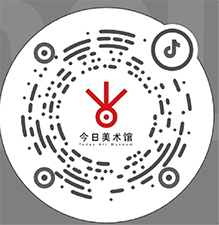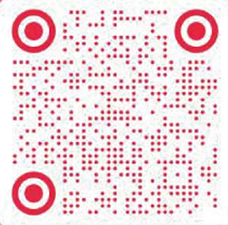Look Back into the Sun
To me, color expresses emotions, and black and white mirrors the heart.
Towards the end of the 80s, my father sent me to the Academy of Crafts and Arts to study photography. At the time, the school didn’t have a photography department; when I joined, there were two students against four teachers. Back then, I spent all day in the dark room, and my friends who just got into rock ’n’ roll became my first subjects. I shot mostly black and white around the time. Thinking back, it’s probably because black and white film was cheaper. It was several years before I realized the special sense of vitality that only black and white film could capture.
In the early 90s, photography became my profession. I managed to record a group of people who grew relatively undisturbed and their environs rather by happenstance. The various artistic forms in their infant stage and the underlying social currents make up a dynastic history of rock ’n’ roll in China. At the time, almost every individual in every field was prospering magnificently, nurtured by freedom. In their music, I heard and saw emotions that hadn’t been seen in previous generations, and that marked my initial understanding of rock ’n’ roll.
Under my lens, rock ’n’ roll permeated every corner of the 90s. Rock ’n’ roll crystalized our brief but lively adolescence. Looking back today, it feels more like an ideal spiritual sanctuary, breaking the shackles of old. Ancient traditions and new concepts collide; fresh rules and past perspectives mix; love and hate, pain and joy, leisure and sorrow, dreams and reality, were all encapsulated into the fragments from these ten years, quietly whispering.
Many years later, people often thought that Chinese rock ’n’ roll carried a powerful ideology – it was deeply entangled with politics and culture of the time. Having experienced it up close, what I had encountered was the softest parts of this cultural movement. It was a simple time. The ten years saw the evolution of the city, and memories slowly dissipating. The experience cannot be reproduced, and will never reappear.
Some years are like scars, reminding us of the unrelenting pain underneath. I have also fallen into uncertainty and dissociation of memories, even forced myself to forget. The anxiety and entanglement has once made me fear photography — I started doubting the images in my mind and obsessively thinking over the validity of those elusive vestiges. I finally drummed up the courage to revisit these photographs, to give validity to my memories. The love and hate ingrained in those memories has helped me grow.
In the 90s, I lived in Zhenwu Temple Ertiao near Fuxing Men. The gloaming sunlight always cast a golden hue that was sharp to the eyes. There were fewer people and cars then. If I stood on an overpass to take a photo, the frame would not be filled with the hustle and bustle of today. It’
s a pity that I have never taken such a photo. In my memory, Beijing in the 90s was somewhat empty, with vast space waiting to be filled, including our hearts.
Look Back into the Sun is my personal recount of time. I wish to dedicate the memory to this city.
Gao Yuan











